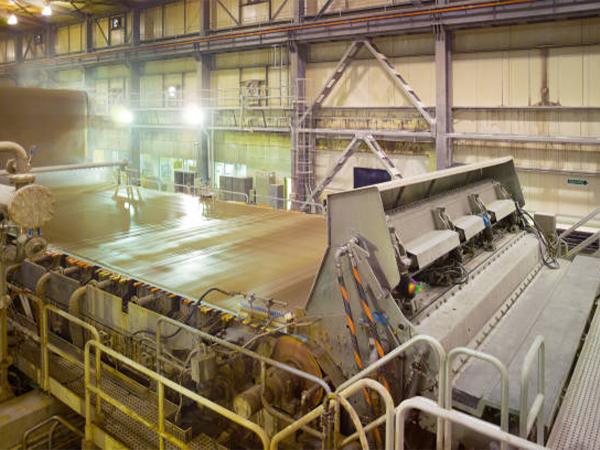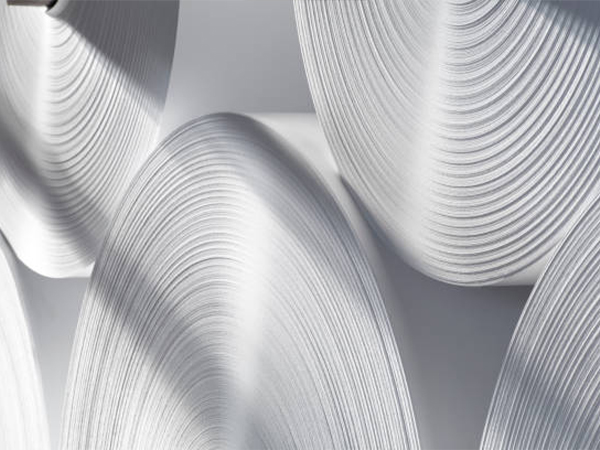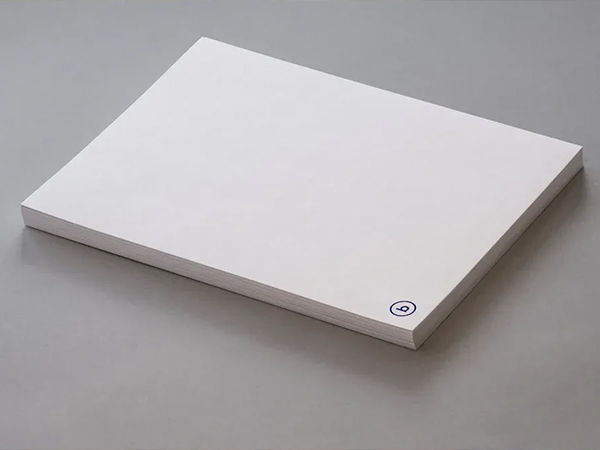1. Introduction
Dry strength agents are among the most commonly used functional additives in the papermaking process. These additives enhance the hydrogen bonding between cellulose fibers, thereby improving the overall strength of the paper sheet. With increasing usage of recycled pulp—whose quality is often lower—and greater water recycling rates, higher machine speeds, and more diversified end-use requirements for paper and board, different types of strength agents such as dry strength agents, GPAM, and cationic starch have become essential to meet the necessary strength specifications.
The primary factors affecting the strength of paper include:
- The intrinsic strength of individual fibers,
- The bonding strength between fibers,
- Friction strength from fiber entanglement.
Dry strength agents work by anchoring themselves onto fibers, increasing the potential for hydrogen bonding during sheet formation and drying, and enlarging the contact area between fibers—resulting in enhanced paper strength.
2. Common Types: Starch and PAM
Widely used dry strength agents include starch (mainly cationic starch, but also anionic, amphoteric, graft copolymerized, and nonionic types) and polyacrylamide (PAM). Based on ionic properties, PAM can be classified as:
- Anionic PAM
- Cationic PAM
- Amphoteric PAM
Amphoteric PAM can be further divided into:
- Mannich-type PAM
- Hofmann-type PAM
- Copolymer-type PAM
Differences in molecular weight, structure, and ionic group content and distribution give rise to various application scenarios.
3. Comparative Analysis: PAM vs. Starch
Starch is a natural polymer derived from sources such as cassava, corn, and potato. It must be chemically modified—oxidized or ionically substituted—before use. Ordinary cationic starch provides only moderate strength enhancement, and requires gelatinization prior to use. Highly substituted starches are more effective in increasing strength, but starch may contribute to high COD/BOD levels, increasing wastewater treatment costs and causing spoilage due to microbial growth. Nevertheless, starch is more cost-effective than PAM.
PAM offers a broader application range. Amphoteric copolymer-type PAMs are particularly versatile, allowing for customizable molecular structures and performance stability under various papermaking conditions. Besides improving paper strength, PAM also:
- Enhances drainage in the wire section,
- Increases retention of fines and fillers,
- Improves press section cleanliness and runnability,
- Reduces steam consumption in the drying section.
4. Designing Amphoteric Copolymer PAM
The design of amphoteric copolymer PAM must consider the specific characteristics of each papermaking system. Key parameters include:
- Quantity and type of ionic monomers (e.g., itaconic acid, acrylic acid for anionic; DMDAAC, AETAC, METAC for cationic),
- Distribution of ionic functional groups (linear vs. network structures).
A well-designed PAM formulation can effectively boost paper strength with tailored performance.
5. Usage Considerations
Before use, amphoteric PAM should be diluted evenly using industrial or tap water. The sequence in which other chemicals (e.g., alum, modified starch, sizing agents, retention aids) are added may affect final paper strength and must be carefully optimized.
Due to its high viscosity, PAM should be applied using a continuous dilution system. The original solution is stable at room temperature for up to six months, but once diluted, it is sensitive to pH changes and long-term storage, which can degrade its performance.
Important handling guidelines:
- Avoid mixing PAM with other chemicals in its concentrated form,
- Use stainless steel, PVC, or FRP (fiber-reinforced plastic) equipment—avoid carbon steel,
- Proper dilution and controlled addition are key for optimal results.






